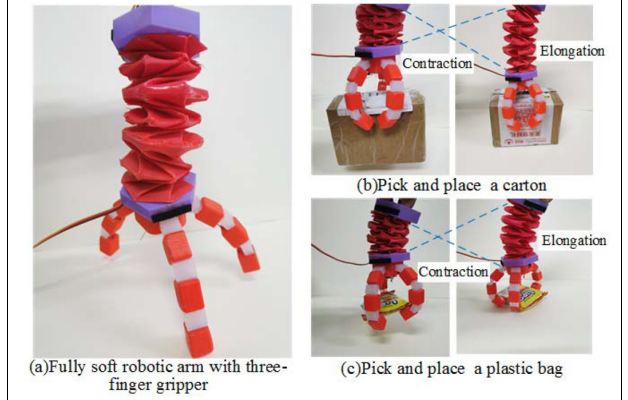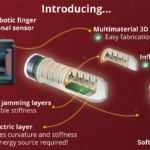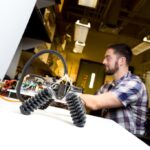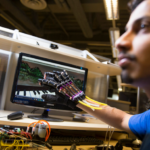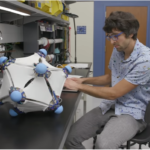
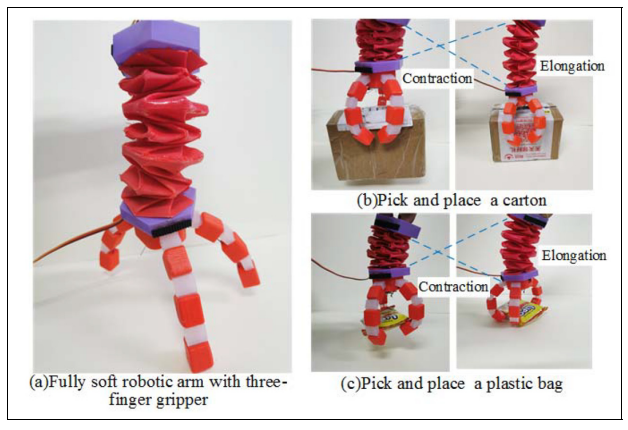
Researchers from China have been inspired by origami structures and materials, leading them to the more complex development of robotics, as presented in the recently published “Origami spring-inspired metamaterials and robots: An attempt at fully programmable robotics.”
This is not the first time we have seen origami-inspired work, from innovative surgical instruments to expandable applications for engineering, antennas, and even folding robots. Moving far past just the art of folding delicate papers, in this study, the researchers sought to program materials into a robotic system. This meant examining not only 3D printability but also foldability and the required mechanical properties.
“In addition to mechanics approaches, the art of origami is now being accepted as an intuitive and fertile inspiration for mechanical metamaterial design due to its foldability, deployability, flexibility, scale-free geometry as well as programmable reconfiguration,” explained the researchers, noting that previous research has yielded miniaturized robots, soft robots, ingestible robots for medical tasks, compliant modules, medical devices, grippers, and more.
The team began with a foldable origami spring, and then moved on to metamaterial characters—exploring properties derived from geometries that fold. Ultimately, their prototype was capable of crawling behavior due to 3D printed materials that collapsed as needed.

The collapsible spring was inspired by a paper rectangle folded and twisted with uniform right triangles.
“From the top view, when the paper spring is being deployed, the width of the spring shrinks in a spiral manner and the overlapping areas between fans increase until complete overlapping in the maximum deployable state,” explained the researchers.
Using their own customized 3D printer, PLA, and a 0.3mm FDM nozzle, they were able to “digitally work out the origami-inspired spring metamaterials.” They were able to create a soft gripper that proved to be “fully 3D printable” and helpful for picking up objects with more irregular shapes.
Overall, the team was able to employ 3D printing as a programmable control method, with the required mechanical properties—overcoming any obstacles regarding printability, foldability, and the need for better damage tolerance. Two types of soft robots were successfully fabricated, including their “creeping robot.”
While 3D printing, 4D printing, and the use of metamaterials continue to expand via global research, soft robotics is also becoming more possible through more progressive technology like digital fabrication—leading to a variety of innovations to include biomimetic soft robots, integrated actuators, and even swimming soft robots.
[Source / Images: “Origami spring-inspired metamaterials and robots: An attempt at fully programmable robotics”]
When it comes to 3D real estate visualization in the USA, our service provides the perfect solution for bringing property listings to life. Through our platform, you can easily access cutting-edge 3D renderings that showcase your real estate projects in a way that attracts potential buyers and investors. Whether it's residential, commercial, or mixed-use properties, our team of experts uses advanced technology to create immersive visualizations that highlight the best features of your property, making it easier for clients to imagine the space as their own.
Through our website, you can quickly get high-quality 3D real estate visualizations that are tailored to your specific needs. With our help, you'll stand out in the competitive real estate market by offering potential buyers a realistic, interactive view of your property. Our efficient process ensures a fast turnaround time, while our attention to detail guarantees that every aspect of the property is represented accurately, giving you a powerful marketing tool to promote your real estate listings.


